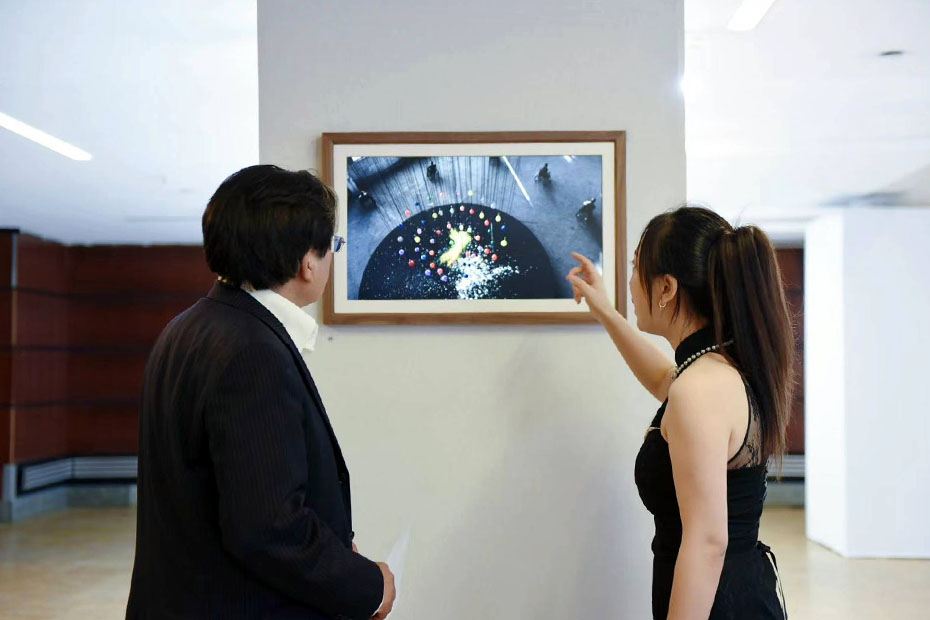At the recent “Boundless Borders: Marginalized Voices – A Manifesto” exhibition in Paris we were proud to display the popular “The Bloom” short film on our Textura digital canvas. Shortly after, we had the pleasure of interviewing one of the artists behind this talented piece, Jody Xiong.
Jody Xiong was the digital director at the 2022 Winter Olympics Opening Ceremony, in Beijing, as well as a visual artist at the 2022 Winter Paralympics Opening Ceremony. Xiong is the founder and creative director at the creative agency, The Nine Shanghai, who created “The Bloom” as a tribute to the 2022 Winter Paralympics in Beijing, receiving millions of views worldwide.
Here are the highlights of the interview:
Q: Could you provide the background of your work “The Bloom” that generated significant attention at the Paris exhibition (“Boundless Borders: Marginalized Voices – A Manifesto”)?
A: “The Bloom” was an art piece developed while working with a group of disabled individuals dedicated to the Paralympics. Each participant picked their favourite paint colours, and we placed them in balloons with detonators. The brainwave-capturing device they wore sent their brain signals to trigger the balloons to detonate, causing the paints to splash onto a blank canvas. It is a tech and art experiment, an expression of the strength of the disabled.
It drew inspiration from something I did back in 2014 called “Mind Art”. Zhang Yimou really enjoyed it, so he asked me to bring the same concept to life in the Winter Olympics opening ceremony. “Mind Art” was more like a magical surrealist experiment that came from a thought I often had about the connection between the infinite universe and us tiny individuals, and my attempts to visualise the power of minds. “Mind Art” is based on two theories: the widely accepted Big Bang theory and the ancient wisdom about the interactions between the universe and mankind. I believe everything that happens around us, everything we do, and every choice we make, though they seem random on the surface, in fact, contain all the information there is in the universe. In “The Bloom”, each participant is asked to pick their favourite paint colour and use a brainwave-capturing device to trigger the detonation. This is a subtle interaction between mankind and the universe. When the paints splash onto the canvas, it is a visualisation of every participant’s inner cosmos.
The process reflects the choice each individual makes. The final product contains all the interactive information between the individual and the universe. The theoretical basis of the Big Bang is also the visual device in this experiment. Zhang also invited Cai Guoqiang, a globally renowned artist, for brainstorming sessions with the team to calibrate this project to be more in line with the theme of the Winter Olympics. It turned our original plan upside down, and revamped “The Bloom”: twelve individuals with disabilities, creating a colourful smiley face around a circular canvas 8m in diameter, a symbol of friendship, peace, happiness, and togetherness.
Q: Why would you bring “The Bloom” to the Paris exhibition (“Boundless Borders: Marginalized Voices – A Manifesto”)?
A: The artwork has been presented on an international stage such as the Beijing Winter Olympics, representing the coming together of people with disabilities and the energy of China. At the end of the work, the artwork forms an abstract smiley face, which also implies that Beijing welcomes friends from all over the world with laughter. In the artwork, disabled people’s bodies are broken, but their souls are free and powerful. I myself often think about the connection between the huge universe and small human beings, and I hope to use this work to visualise the power of the spirit.
At the same time, we used brainwave technology and invited disabled people as representatives to create this work of art, which represents our desire for world peace in the midst of the Russian-Ukrainian war crisis. This is an experiment in the fusion of technology and art, and an expression of the spiritual power of the disabled. Such a meaningful work deserves to be displayed on such an international stage.
And this film has won many awards, including:
- Shortlisted in the Commercial Advertising Film category of the BAFTA Award-accredited 2023 Aesthetic Short Film Festival ASFF, one of the largest film festivals in the UK.
- Shortlisted at 2 Academy Award qualifying international film festivals–the American Documentary and Animation Film Festival, and the Bangalore International Short Film Festival.
Q: We are eager to hear about your encounter with Vieunite and our Textura Digital Canvas in the Paris exhibition. Did Vieunite contribute to the overall presentation of your work?
A: When I saw the photos sent to me by my curator, Jiang Lai, I thought, “Wow, this screen is so clear and can present my work to the audience so perfectly”. My first work “Mind Art” was an installation and it was difficult to bring it abroad, so I made a documentary film “The Bloom”, which I kept in video form. Now that I have encountered Vieunite’s digital canvas, Textura, as a medium, the work has been enlarged again and will be noticed by more people at the exhibition, and hopefully remembered by the whole world. Overall, this is the process of amplifying the energy of the original installation twice, the first time into a documentary film, and the second time using your medium to present it. A good work can’t be short-lived, but hopefully it can reach a kind of eternity, which is what all artists are looking for.
When Textura is hung on the wall, it becomes a mobile art. As time passes, each frame is extremely clear, like a pair of oil paintings that can be passed on to the next generation. Through the moving story, it tells the charm of art and reflects the value of time. I believe that such a process can heal many people and hopefully create a whole new way of life even more.
Curator Lai Jiang:
“Vieunite’s digital canvas are a new medium, not just a screen, but a way of life. If I were a collector, I could easily have a gallery of my own if I presented my art on a frame; Vieunite revolutionises the way art is collected. As McLuhan said, the medium is the message, and in the future Vieunite will definitely become the new content itself.”
Q: As Chinese art gains recognition and popularity in European countries, we would love to know your thoughts on the current state and future prospects of Chinese art in these international art scenes. Could you share your vision and plans for expanding your presence in this vibrant and diverse art scene?
A: I think there are a lot of good things in the East, especially in the ancient Chinese painting which is already at its peak, using flat perspective and scattered perspective to express oneself, that is, the technique of writing. The older I get, the more I am attached to Oriental culture, and I hope very much to push Oriental culture forward, whether it is repackaging or redesigning, which is what I am going to try next. At this stage, I am trying to turn the Waisu font (calligraphy) into a three-dimensional form, such art breeds more oriental romance, and I will co-operate with the Vieunite platform to present it to you in the future.
Learn more about this innovative event on our recent blog post.
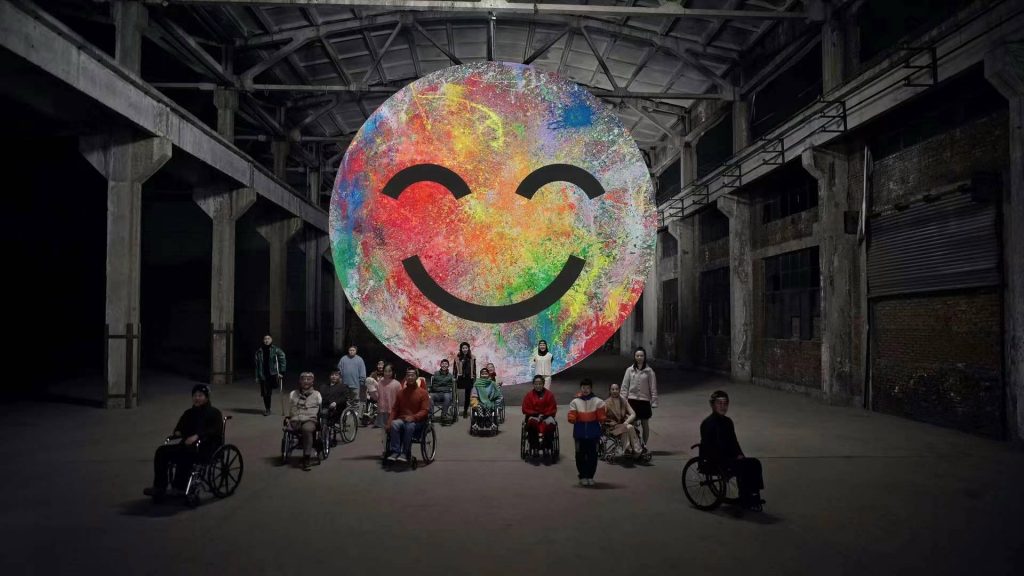
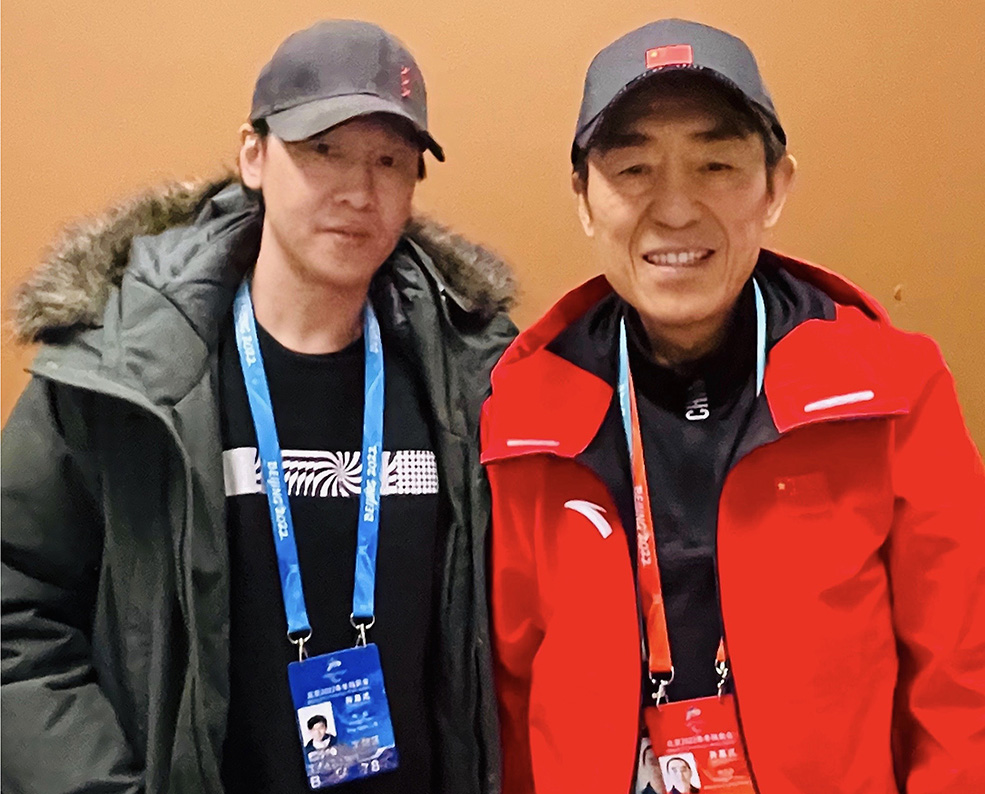
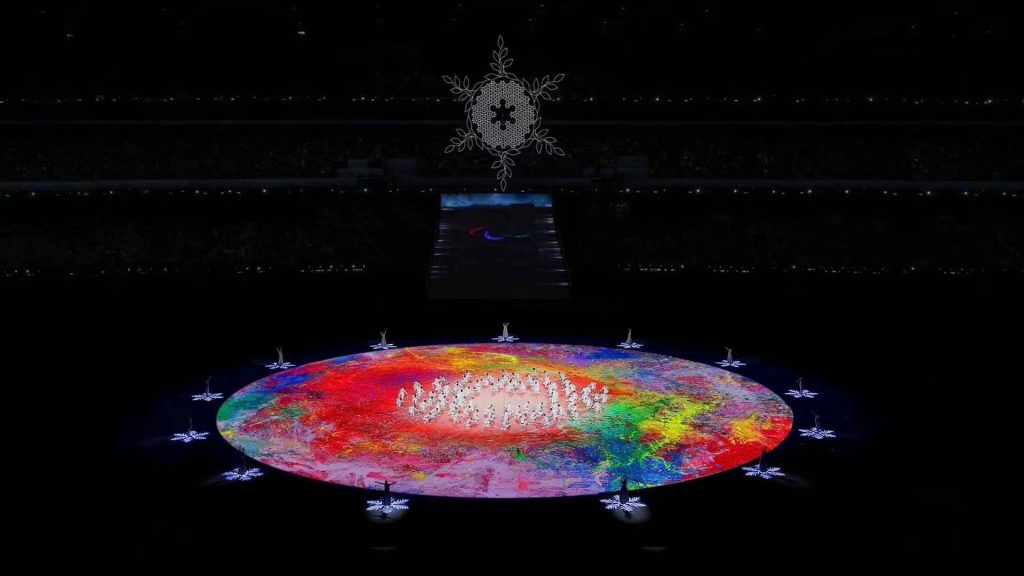
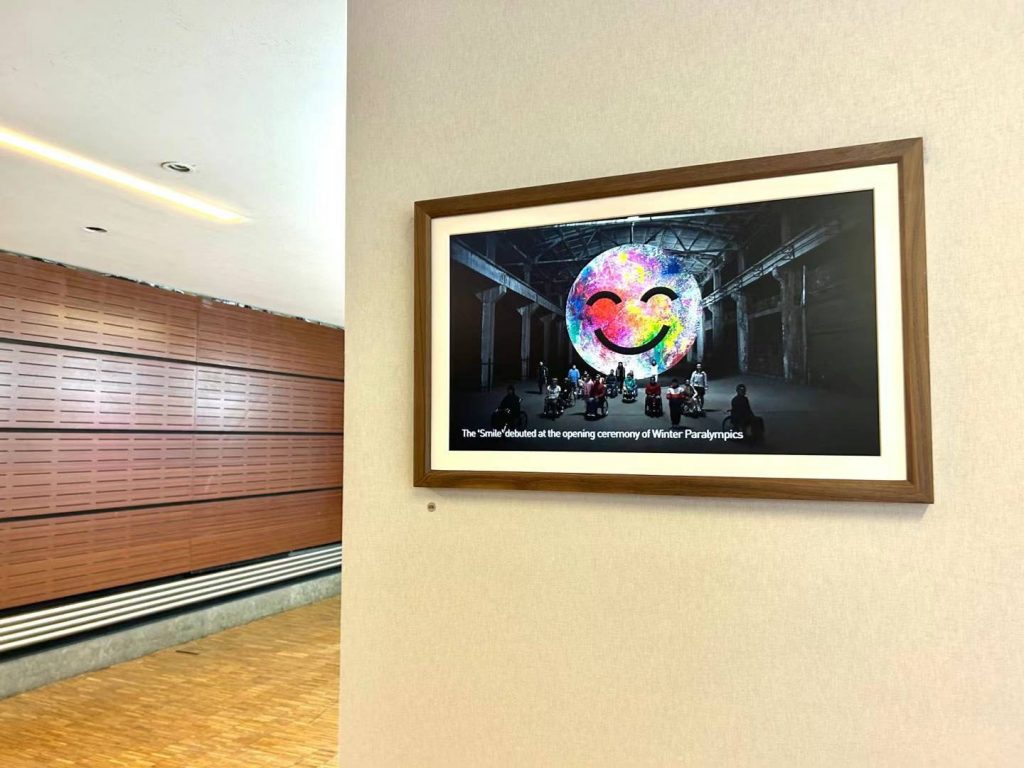

Vieunite’s mission is to provide a new online art community that combines an alternative platform for artists to sell their work digitally with an innovate digital canvas that has texture accurate display technology. We want to bring art into everyone’s lives in a unique way to give people the chance to creatively express themselves.
